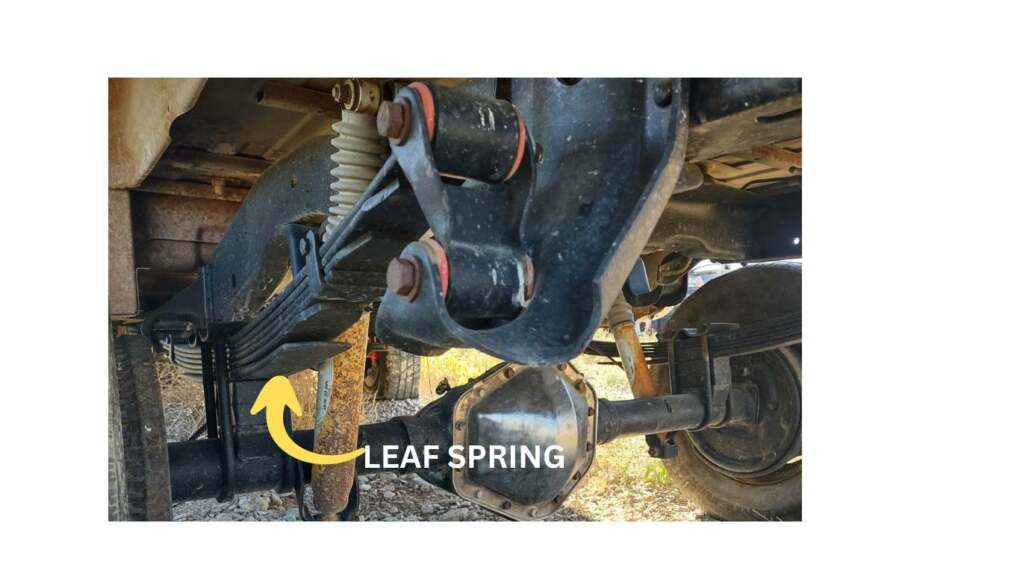
Off-road adventures demand a lot from 4×4 vehicles. One key component that significantly affects a vehicle’s off-road capability is its suspension system. There are various suspension setups for off-road enthusiasts, but the solid axle or live axle remains a classic choice. But what exactly is a solid axle, and why is it a favorite among many off-road aficionados?
What is a Solid Axle?
A solid axle, also known as a live axle or beam axle, is a straight axle that spans from one side of the vehicle to the other. This means that when one side moves up or down, the other side reacts similarly, sometimes affecting the camber of the drive tire. This design has been around for decades and is particularly favored by hardcore 4×4 enthusiasts.
The Role of Leaf Springs

Leaf springs play a dual role in many vehicles with a solid axle setup. These springs run parallel to the vehicle’s frame and connect to the axle. They not only suspend the vehicle but also keep the solid axle in position. However, leaf springs are large and heavy, often causing challenges when attempting to modify or fit them into vehicles. It’s crucial to get the right size and fit for optimal performance, which often involves trial and error or mimicking a successful model.
Benefits of a Solid Axle Setup
When it comes to off-road suspension, the solid axle system presents some distinct advantages:
1. Durability and Repairability: Solid axles are known for their robustness. They tend to be more durable than their independent counterparts. Furthermore, they’re easier to modify or repair, which is a significant plus for off-road trucks where wear and tear is common.
2. Traction: This setup can be exceptional at providing traction, especially when navigating large obstacles.
3. Simplicity: With fewer components involved, the transfer of power becomes less intricate, helping maximize the torque delivered to the ground. Another key point is that there are fewer parts to wear out.
Some Considerations
However, like all things, the solid axle system isn’t without its challenges:
1. Ride Comfort: Achieving a smooth ride with a solid axle can be more labor-intensive. Some off-roaders might like a bit of bumpiness for authenticity, but others might find it harder to control the vehicle.
2. Weight and Ground Clearance: A solid axle might weigh more than an independent one. Moreover, since it runs straight across, there might be reduced ground clearance in the middle, limiting some of its off-road capabilities.
The Evergreen Appeal
The solid axle, combined with leaf springs, has been a tried-and-tested off-road suspension choice for many years. Its enduring appeal lies in its simplicity, durability, and the unique progressive spring rate that leaf springs offer. The adaptability of leaf springs, which can vary in width, length, arch, thickness, and number of leaves, means they can be tailored to a wide range of vehicles, from lightweight off-roaders to heavy-duty trucks. They can also be set up with coilover shocks and link systems. We will cover those in a different article.
In conclusion, when you’re preparing your 4×4 vehicle for an off-road adventure, understanding the pros and cons of your suspension setup is crucial. The solid axle might be an old design, but its continued relevance in the world of off-road vehicles proves its effectiveness and reliability